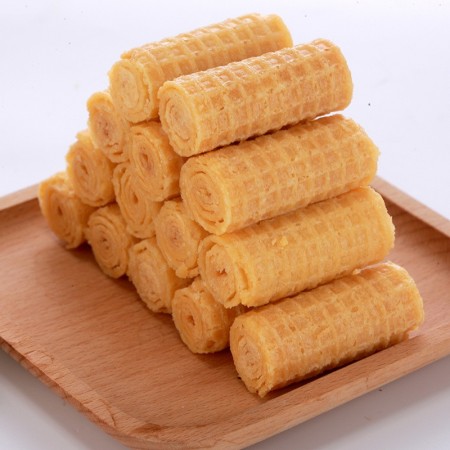Rich Flavor and Texture: Brioches are made with a higher proportion of butter and eggs than regular bread, which results in a rich, buttery flavor and a soft, tender crumb. This luxurious texture and taste make brioche a delightful choice for those who appreciate indulgent bread products.
Versatility: Brioche can be used in a variety of ways. It is commonly enjoyed as a standalone treat, lightly toasted with butter and jam, or as a base for more complex dishes. It’s popular for making French toast, sandwiches, burgers (brioche buns), and even as a component in desserts like bread pudding.
Celebratory and Special Occasion Food: Given its rich composition, brioche is often associated with special occasions and celebrations. It can be a centerpiece of brunches, holiday meals, or served as a treat during festive gatherings, adding a touch of elegance and indulgence.
Artisanal Craftsmanship: Making brioche involves a level of craftsmanship and skill, particularly in the kneading and proofing processes. The effort put into making brioche can result in a sense of accomplishment and pride, making it a rewarding activity for bakers and chefs.
Cultural Significance: Brioche is deeply rooted in French culinary traditions and is a symbol of French baking culture. It represents a part of the country's gastronomic heritage and can be a way to connect with and appreciate French cuisine and history.
Nutritional Variations: While traditional brioche is high in calories due to its rich ingredients, there are healthier variations available that use whole wheat flour, reduce the amount of butter, or incorporate other nutritious ingredients, making it possible to enjoy the taste of brioche with a more balanced approach to nutrition.




